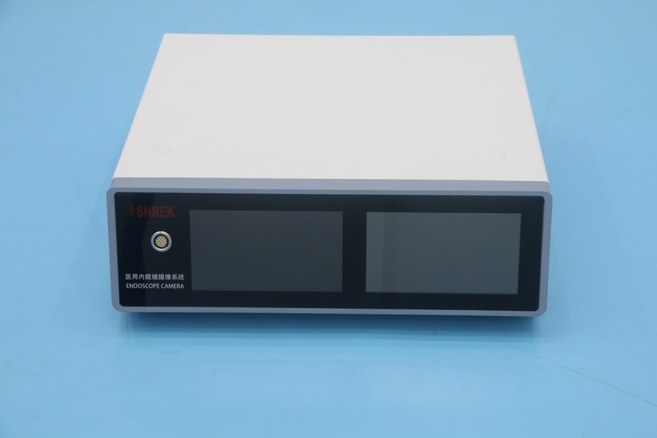Arthroscope Full HD Camera System: Enhancing Precision and Clarity in Arthroscopic Surgeries
Arthroscopic surgeries have become a preferred choice for the diagnosis and treatment of joint-related disorders due to their minimally invasive nature and quicker recovery time. During an arthroscopic procedure, a tiny camera called an arthroscope is inserted into the joint through a small incision. The arthroscope transmits images of the joint to a monitor, allowing the surgeon to view and perform the surgery. The clarity and precision of these images are crucial in ensuring the success of the surgery.

In recent years, with advancements in technology, arthroscopic cameras have evolved from analog to digital. Among the latest arthroscope camera systems, the full HD camera system has emerged as a popular choice among surgeons due to its superior image quality and improved accuracy.
A full HD arthroscope camera system comprises a camera head, camera control unit, light source, monitor, and a range of accessories. The camera head captures high-definition images of the joint with excellent clarity and color accuracy. The camera control unit processes and enhances the images captured by the camera head, and the light source illuminates the joint to provide optimal visibility during the surgery. The monitor displays the images transmitted by the camera, enabling the surgeon to have a clear view of the joint.
The full HD arthroscope camera system's superior image quality and clarity provide several benefits over traditional analog arthroscopes. With higher resolution and color accuracy, the surgeon can view the joint's anatomy and pathology more clearly, leading to better diagnosis and treatment. The improved accuracy of the images can also enhance the precision of surgical techniques, leading to better surgical outcomes and quicker recovery times for patients.
Furthermore, full HD arthroscope camera systems are designed with various features to improve the surgeon's experience during arthroscopic surgeries. For instance, the system can automatically adjust the camera settings to the optimal level, reducing the need for manual adjustments during the procedure. Additionally, the system can store images and videos of the surgery for future reference, enabling surgeons to track the progress of the patient's recovery and make necessary adjustments to treatment plans.
In conclusion, the full HD arthroscope camera system has revolutionized arthroscopic surgeries by providing superior image quality, precision, and accuracy. With its advanced features, the system enhances the surgeon's experience and provides better outcomes for patients. As technology continues to advance, we can expect further improvements in arthroscopic camera systems, leading to even better results for patients.



Leave a message